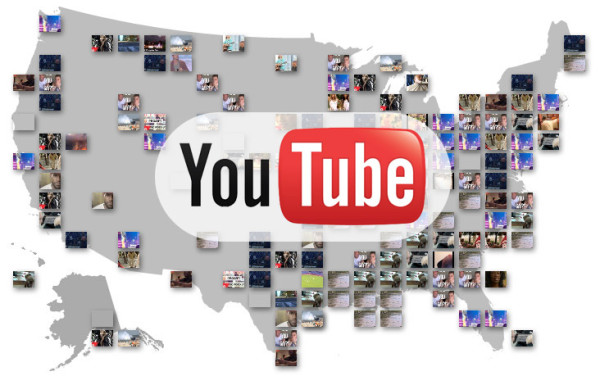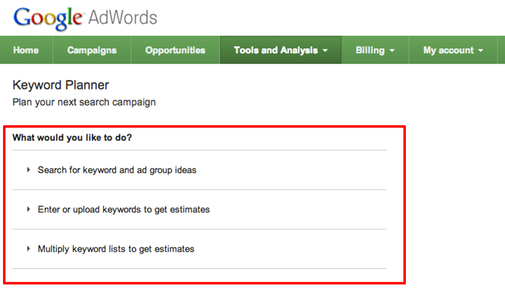With the popularity and direct user engagement of social media platforms like Facebook and Twitter, many online marketers forget the potential for YouTube to improve your brand reputation and enforce your SEO efforts in a single move.
YouTube has a surprising amount of opportunity for optimization, especially for efforts focusing on local search. There is a relative lack of videos from small or local businesses aimed at informing the public and promoting themselves, leaving a wonderful widow for many local businesses to make an impact on their audience.
Of course, before you can optimize, you need to make sure you have a quality video that offers something of value to viewers beyond simply promoting yourself. Chris Silver Smith recently wrote about how local businesses can go about creating videos that will be worth their viewers time and make your audience interested in what you do.
There are plenty of options, but chances are you don’t want to just make an ad and throw it up online. A better approach would be a series of short videos exploring your industry, your brand, and what you offer to consumers. How-to videos can reinforce your reputation in regards to your skill, while explanations of your products and services can help viewers understand exactly what sets you apart from your competitors.
Smith also explored the ways you can optimize your videos to make sure they get seen, while also helping your local SEO efforts.
- Link to Your Business – At the beginning of your description, always make sure to include a link to your business website. These links are automatically “nofollowed”, so don’t expect it to help your link portfolio, but there is a chance local citation value is being conveyed to Google.
- Name, Address, Phone Number – Every video should include thorough contact information in multiple easy-to-find locations. Start by making it visible within the first few frames of your video. Google is able to interpret and “read” text within videos, so not only will your viewers be able to easily find you, Google will retain data contained within the video. Similarly, you may want to actually state your information out loud in the video, as spoken statements are converted into subtitle transcripts by Google’s systems.
- Take Advantage of the Descriptions – YouTube has one of the most generous description fields out there. While the initial paragraph users see should clearly state what the video is about, you can also include a statement about your company or a biography so that interested viewers can find it with a simple click.
- Tag Your Video – Along with including your business category name and your location names to the tags on videos, you should also include a handful of relevant tags for each video. Tags have a heavy impact on YouTube, so you’ll want to always make sure you include them, or your video will likely disappear into the ether.
- Associate the Video with Google Place Listings – Business listing in Google Places allow you to associate videos easily by putting in URLs. Make sure to use the full page URL.
- Associate the Video with Google+ Local Page – Adding the video to your local page allows you and any other employees to easily share the video on personal Google+ streams. The number of shares is considered indicative of popularity, so this is a good opportunity to boost your shares.








